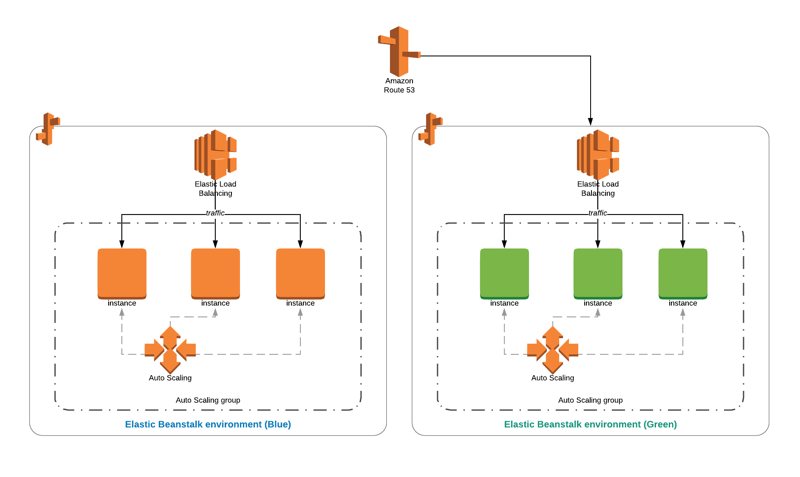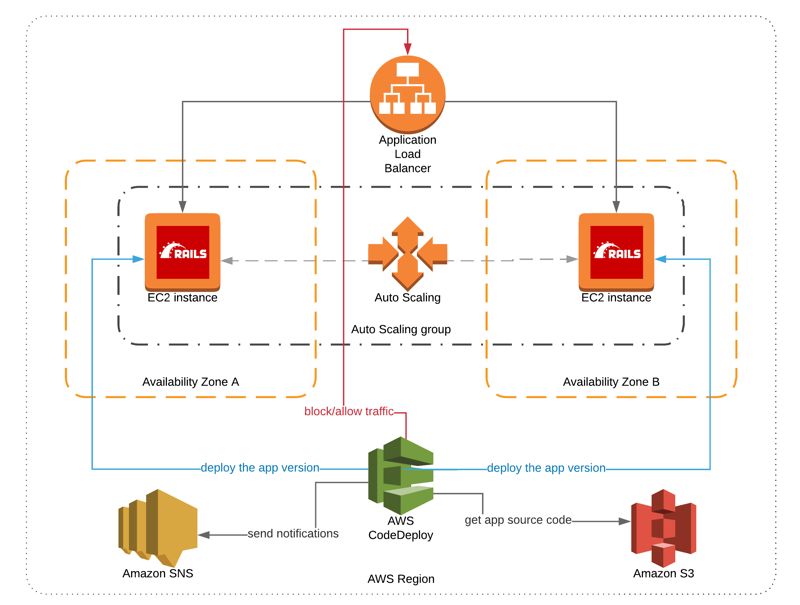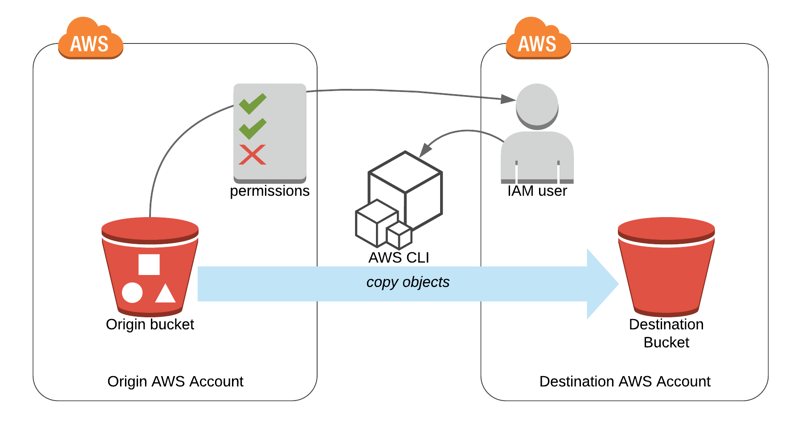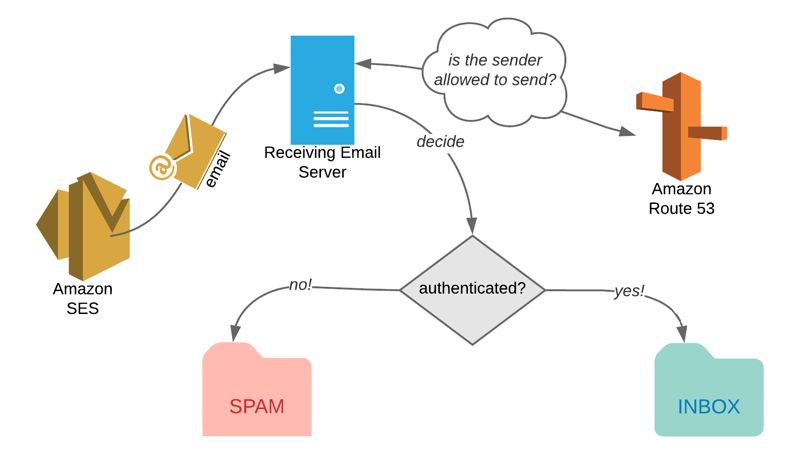11 Reasons to Use AWS CloudFormation for Provisioning Your Architecture
- by Emre Yilmaz
- Nov 5, 2018
- AWS • DevOps • AWS CloudFormation
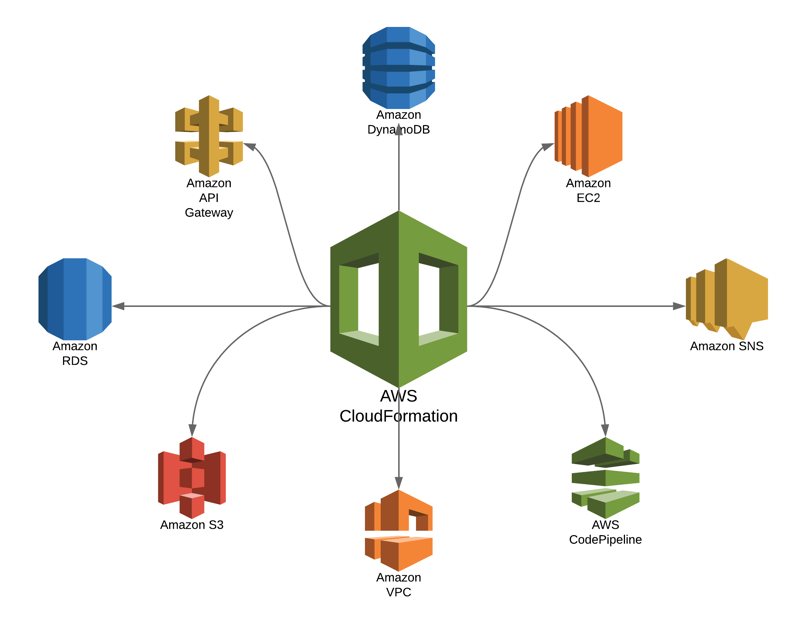
As a passionate advocate for automation, I have been using AWS CloudFormation since the first day I started migrating my applications to AWS. I need to manage my time efficiently and should not repeat myself. By applying automation in infrastructure provisioning and keeping my architecture as a code, I can save, test, and re-use my work later.
Managing your infrastructure as code is one of the key DevOps practices, and AWS CloudFormation is your service on AWS to realize it. In this post, I explain 11 reasons for using AWS CloudFormation and automating the provisioning of your infrastructure.
Save your time, bring quality to your process by starting to prepare your CloudFormation templates today!
Continue reading the 11 Reasons to Use AWS CloudFormation for Provisioning Your Architecture blog post.

